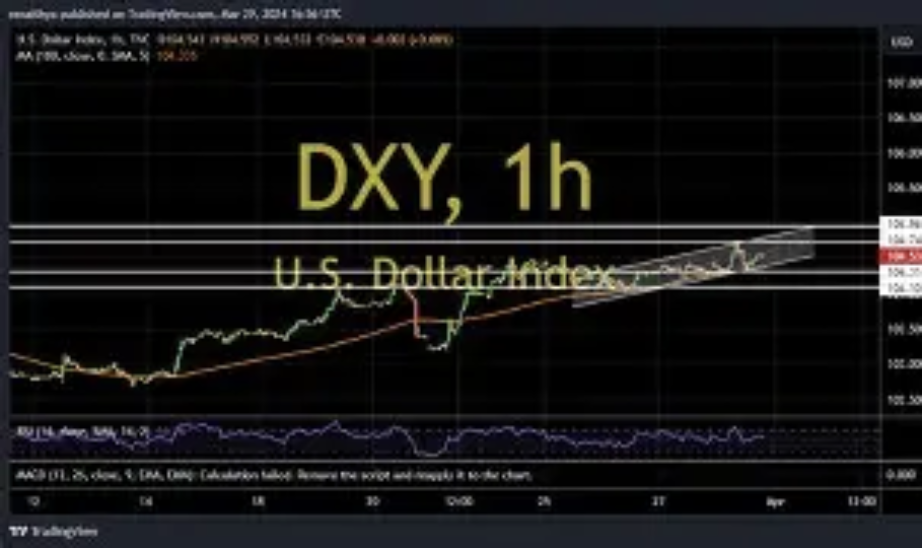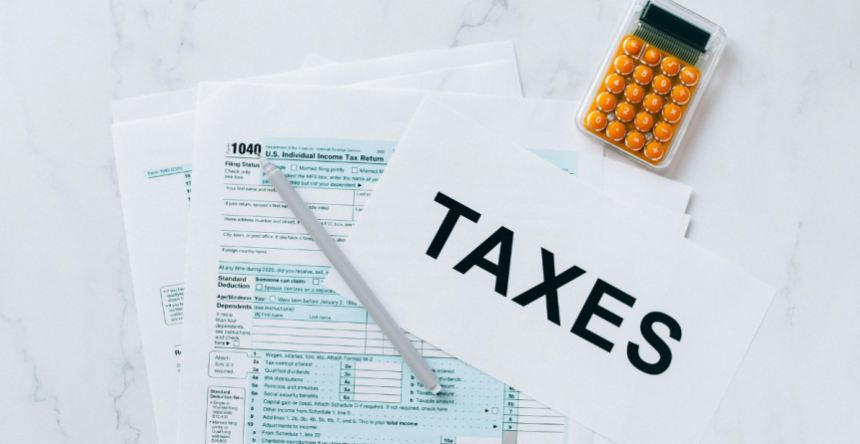Dollar-Denominated Luxury: Beyond Cash to Tangibles
A robust dollar increases the value of high-end products. Items such as rare timepieces, vintage wines, or top-tier handbags priced in dollars appreciate as the currency strengthens, and their worldwide appeal guarantees liquidity. For wealthy investors, this intertwines lifestyle with asset protection—unlike stagnant cash that yields little interest.

Cross-Border Real Estate: Purchase Low, Gain High
The strength of the dollar lowers the cost of foreign properties in areas that do not use dollars (like Europe or Asia). Wealthy investors aim for luxury apartments in cities with consistent demand (for instance, Paris or Tokyo), acquiring these properties at lower prices with dollars. Once there is a realignment of currencies, they can exchange for profit in the local currency and then convert it back to dollars to boost their returns.
Standard cash is outmatched by inflation, whereas short-term treasury bills (for a duration of 6-12 months) provide superior yields while maintaining dollar stability. For individuals with high expenditures, these serve as "immediate capital"—liquid enough to support spontaneous luxury expenses (such as artwork or yachts) while performing better than savings accounts during dollar increases.
For wealthy investors, this “tactical cash” provides an unmatched balance between liquidity and earnings. Unlike fixed-rate CDs, 6-month treasury bills reach maturity rapidly, allowing investors to take advantage of time-sensitive opportunities (like a rare art auction or a distressed property investment) without incurring penalties. Even in times of mild inflation, their yields surpass those of high-yield savings accounts by 1-2 percentage points—transforming dormant “luxury purchase funds” into a secure revenue source that maintains purchasing power.
International Stocks: Focus on "Dollar Beneficiaries"
Steer clear of ordinary foreign stocks; concentrate on businesses that generate income in dollars while being international. Luxury companies making sales in the U.S. or technology firms billing in dollars experience profit increases when converting local currency back to dollars. This strategy allows affluent investors to gain international exposure without facing currency risks.

Commodities: Gold as a Subtle Dollar Hedge
While gold tends to decrease in value with a strong dollar, tangible gold (such as rare coins and bars) serves a specialized function. For high-end portfolios, it functions as a "currency neutral" asset—recognized globally, it mitigates risks should the dollar's strength unexpectedly wane. Storing it in private vaults makes this a convenient addition to luxury asset portfolios.
Wealthy investors can provide funding through dollar-backed private loans (to luxury enterprises or real estate developers). These loans typically yield 5-8% annually, backed by collateral (such as a boutique hotel) ensuring returns. Unlike public bonds, they sidestep market volatility while taking advantage of the dollar’s borrowing capacity.
Currency-Hedged Funds: Intelligent Global Engagement
Standard international funds tend to experience currency devaluations during strong dollar phases, but hedged alternatives mitigate exchange risks. Wealthy investors opt for hedged funds targeting luxury markets (like travel or high fashion) to benefit from global demand without compromising dollar profits.

Peaks in dollar strength often coincide with reduced prices for luxury assets (such as distressed yachts or art). Astute investors reserve 20% of their dollar holdings to capitalize on these moments, then shift funds to non-dollar assets as the currency declines—transforming market fluctuations into financial gains.







